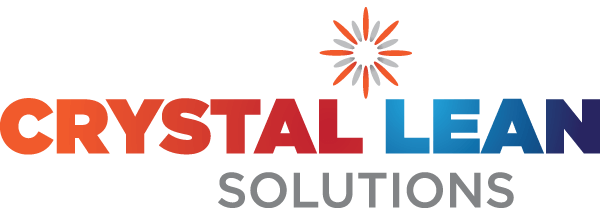Resource Centre
The Best Part of Learning is Sharing What You Know
Vaughn K Lauer, Author
To help with understanding Lean terminology, we have summarised some of the key phrases here with a practical explanation of each. We have also collated a number of templates that can be useful during your Lean and Six Sigma journey. (www.ASQ.org.)
Past Event Presentations
Click on the box of your choice to view some the past presentations our team conducted.
Terminology Explained
Lean: what does it mean?
Lean is a term used to describe a process to reduce the time it takes from an order being placed to when the product or service is paid for. This time is reduced by focusing on removing the seven sources of waste to deliver a more effective process.
A3 Report
A template used to map the thinking process to solve a problem. It communicates on one A3 page the real time status of a process improvement project.
Balanced Scorecard
A template that records the important metrics (KPI’s) of the business and their performance, with examples including: Safety, People, Quality, Customer, Cost and Growth.
KPI
This acronym stands for Key Performance Indicators. These are the key metrics of the business that are monitored and tracked using the Balanced Scorecard.
DMADV Methodology
This is a 5 step methodology that is utilised when implementing a New Product or New Process into the business effectively. The letters represent the first letter of each step: Define, Measure, Analyse, Design, Verify.
DMAIC
This is a 5 step methodology that is utilised when improving an Existing Process. The letters represent the first letter of each step: Define, Measure, Analyse, Improve and Control.
Hoshin Planning
A four step methodology that helps organisations align Strategic goals to Individual goals.
Kaizen approach
This is a rapid approach to making an improvement to a process in 3 to 5 days. A cross functional team are assigned, full time, to work through the DMIAC methodology and deliver improvements in this short time span.
KBI
This acronym stands for Key Behaviour Indicators. These are the key behavioural metrics of the business that are monitored and tracked using the Balanced Scorecard.
Non value added activities
These are the activities in the process that we perform, but are of no value to the customer. There are eight sources of waste that we look to remove, using the acronym TIMWOODS to remember them: Transport, Inventory, Movement, Waiting, Overproduction, Over processing, Defects and Skills.
OEE
This acronym stands for Overall Equipment Effectiveness. It is a graphical tool that presents numerically the overall effectiveness of a process, ideally your bottleneck. It looks at three components of a process; the Availability (Uptime), Quality (Scrap and Rework) and Performance (When available, is process operating at design speed)
SMED
This acronym stands for Single Minute Exchange of Dies. It is a methodology utilised to reduce the changeover of a machine or process, ideally under 10 minutes. This ideal is process dependent.
5s
This acronym stands for Sort, Simplify, Shine, Standardise, Sustain. It is a five step methodology that can be applied to any part of the business to create and sustain an organised workplace. The objective is to reduce search times under 15 seconds.
Eight Sources of Waste
These are the activities in the process that we perform, but are of no value to the customer. There are eight sources of waste that we look to remove, using the acronym TIMWOODS to remember them: Transport, Inventory, Movement, Waiting, Overproduction, Over processing, Defects and Skills
TIMWOODS
This acronym stands for Transport, Inventory, Movement, Waiting, Overproduction, Over processing, Defects and Skills. These represent the eight sources of waste that we look to remove in Lean Thinking.
Visual Management
This is a method of communicating information using visual signals rather than written instructions. There are many levels of visual management from signage (Fire Exit) to managing reorder of supplies (minimum and maximum levels visually triggering reorder date).
Templates
Box Plot
A graphical summary of the variation in a process. Particularly useful when comparing a number of different processes on one graph
Cause and Effect Diagram
A checklist (Machine, Method, Measurement System, Man, Materials and Mother Nature) that can be used to identify all the potential causes of a problem. Ideally suited when brainstorming with a cross functional team.
Control Chart
A chart that tracks over time the trend of a process. It can be used to determine if the process is bahaving well or has intermittent problems.
FMEA
Failure Mode and Effects Analysis: A tool that can systematically help you work through the reasons for a problem and the impact of the problem to the business. It goes beyond the Cause and Effect Diagram as it also helps prioritise reasons to action, but will take more time than a Cause and Effect Diagram.
DOE
Design of Experiments: A statistical test you can perform on the process to identify what parameters are impacting the quality of your product.
Histogram
A graphical tool that will show visually the average and variation in a proces and the shape that the data is following.
Pareto Chart
A graphical tool that will show visually, using bars, the frequency of occurrence of categories. It is presented from the highest to the lowest frequency to help focus on the highest impact.
Scatter Plot
A graphical tool that plots the relationship between two variables. It is used to determine if there is a relationship between these two variables.
